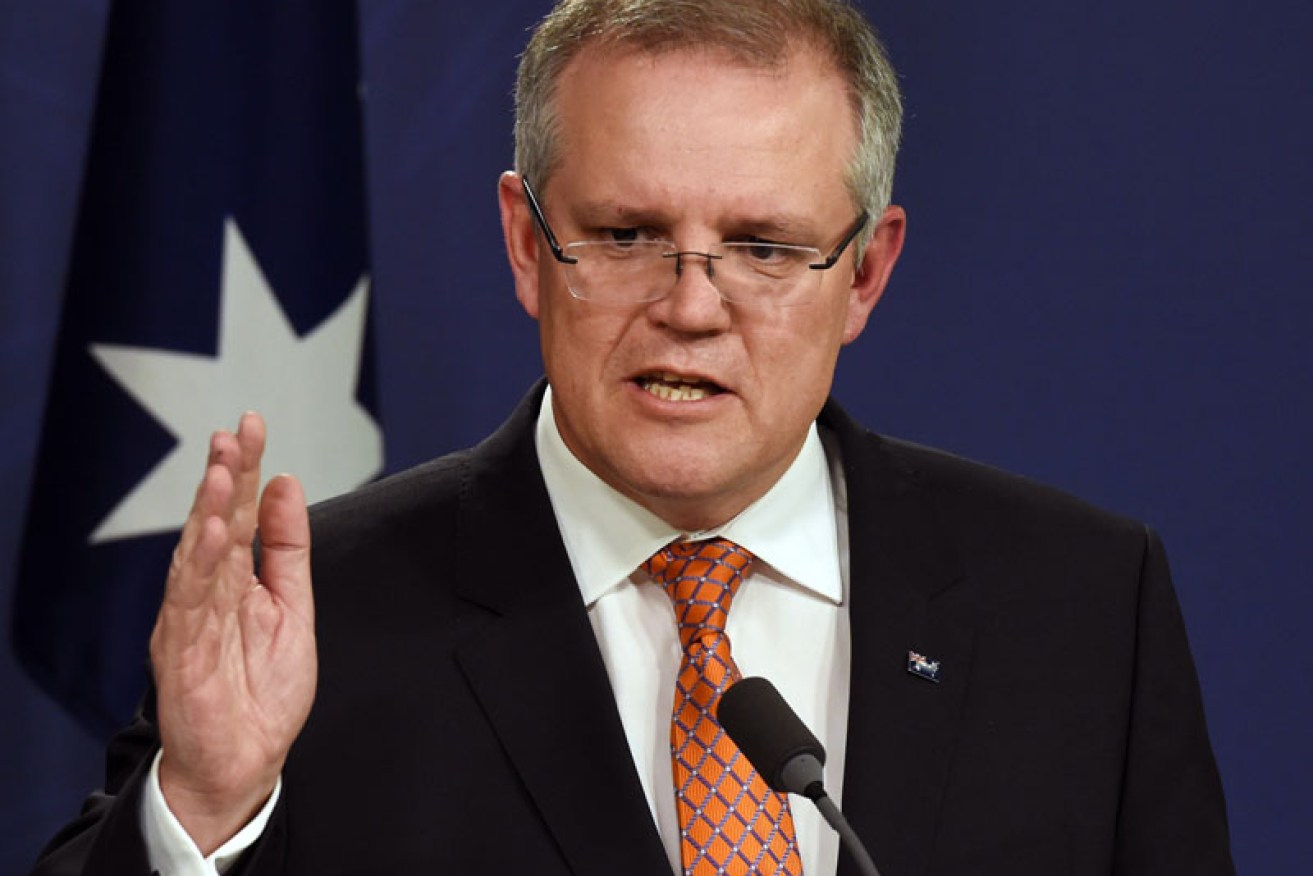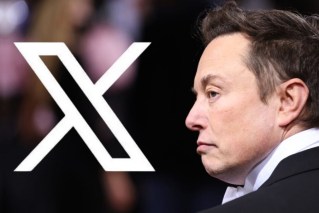Budget deficit increases to $37.4 billion

Morrison is keen on cuts that address bracket creep. Getty
The government has released the Mid-Year Economic and Fiscal Outlook (MYEFO), which shows the budget deficit has increased to $37.4 billion, due to the falling iron ore price and lower predictions for economic growth.
Treasurer Scott Morrison and Finance Minister Mathias Cormann released the document in Perth on Tuesday, showing a $2.3 billion deterioration in the forecast deficit for 2015-16 since the budget in May.
But the government is also predicting deficits to be a total of $23.8 billion worse over the three years from 2016-17 than first estimated in the budget.
• $5bn budget blowout predicted
• Craig Thomson to pay $458k
• Abbott ‘chose to inflate’ deficit
Mr Morrison said the budget would be balanced through taking a “safe and careful route” that did not risk the economy.
“As the recent national accounts data demonstrated our transition from the investment boom in the mining sector to a more diversified, innovative and people-driven economy is under way,” he said.
“The transition is creating a new and emerging momentum in our economy.”

The government committed an extra $1.1 billion in extra road funding.
Industry Super Australia’s chief economist Stephen Anthony said there was no doubt the Australian economy was in a worse position than it was at the time of the last Budget.
“Steeply falling iron ore prices, flat real wages and below trend growth have led to a deterioration in receipts of $33.8 billion over the budget estimates from 2015-16,” he explained.
“The government now has to balance the revenue implications of a weaker economy with need to get budget back in the black in the foreseeable future.
“Up to now their ‘secret sauce’ has been budget projections from 2016-17 onwards that looked wildly optimistic. But with today’s economic parameter revisions, the outlook is more realistic over the near term.”
The government committed more than $3.5 billion in extra spending since the May budget, including the $1.1 billion innovation package, $909 million to re-settle an extra 12,000 Syrian refugees, $1.1 billion in extra roads funding and $621 million for new pharmaceutical subsidies.
Mr Morrison said the government was focusing on things they could control.
“Critically, we have adopted a measured approach that avoids extreme responses that would place a handbrake on household consumption and business investment growth and unnecessarily threaten the fresh new momentum emerging in our transitioning economy,” he said.
Mr Cormann said it had “more than offset” the extra spending with new savings measures.
Targeting more people who incorrectly claim welfare payments will save $704 million over three years to 2018-19.
A range of changes to bulk billing incentives for pathology services, diagnostic imaging and MRI services will save $639 million over four years.
Health workforce programs will be cut by $595m over four years.
The government will cut $472 million from aged care services over three years by “better aligning” funding claimed by providers to the level of care actually provided.
The previously announced change to the childcare subsidy, to reduce the payment for families earning more than $250,000 will contribute to savings of $441 million over four years.
Opposition response

Mr Shorten and Mr Bowen labelled the MYEFO a “failure” and opportunistic. Photo: Getty
Responding to the Government’s MYEFO announcement, opposition leader Bill Shorten criticised what he described as “cuts to the people least able to protect themselves” as a result of a poor economic outlook.
Shadow Treasurer Chris Bowen ripped into the report, labelling it a “great big failure”.
“The Government claimed to have provided savings to off set their spending since the budget, well, this claim is as dodgy as Serena Williams in a charity fun run,” he said.
“Scott Morrison can talk up a storm, but he delivers a light shower.”
The Australian Council of Trade Unions was also unimpressed with the MYEFO.
“Unsurprisingly, the Government has overlooked the fiscal elephant in the room of falling revenue and chosen instead to make cuts to health, income support payments, family day care and aged care,” it said in a statement.
“The Government needs to acknowledge that their ideology is preventing them from seeing: we don’t have a spending problem, we have a revenue problem.”
Business happy, urge more reform
The Business Council of Australia lauded the government’s moves to cut spending in areas like education and health.
“The MYEFO highlights the inescapable need to carefully return to a structural surplus that is achieved through major program redesign, and to push ahead with growth-oriented initiatives such as comprehensive tax reform,” BCA chief executive Jennifer Westacott said.
“Any suggestion that increasing the overall tax burden is the solution to Australia’s budget problems is dangerous and short sighted. Simply raising taxes would only undermine economic growth and future revenues.”
Ms Westacott also urged the government “not to walk away” from tax reform and altering spending programs.
“How can we justify an estimated 20 per cent waste in health spending, or a 40 per cent increase in spending on school education when we’ve gone backwards on results?” she said.

Photo: ABC
‘Another co-payment by stealth’
The cuts to the MRI services bulk-billing program have been slammed as a return to the doomed 2013 federal Budget.
The Australian Medical Association said the changes would cut health funding and shift costs to patients.

Some say the MYEFO harks back to Mr Hockey’s doomed days. Photo: Getty
“The axing of the bulk billing incentives for pathology and diagnostic imaging services will increase the health cost burden for Australian families, with the poorest and the sickest being hit the hardest,” AMA president Professor Brian Owler said.
“These measures are simply resurrecting a part of the Government’s original ill-fated co-payment proposal from the 2014 budget.
“It is yet another co-payment by stealth.”
Consumers Health Forum chief executive Leanne Wells said many patients requiring pathology tests would now face out-of-pocket costs for the first time under the new budget measures, if pathology practices fail to absorb the impact of reduced Medicare benefit payments.
“For the most part, pathology tests have not attracted any out-of-pocket charges in the past,” she said.
“However, the Government’s saving measure poses a new hurdle in the way of patients whose GP has referred them for what could well be a significant test.”








